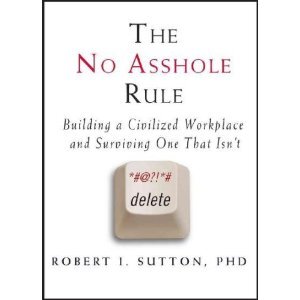Over the past decade, there has been a growing national focus on bullying in schools with several states and districts implementing policies to address violence, verbal abuse, and intimidation between students. Sadly, we’ve not yet ventured away from the playground to investigate another group of bullies: ADULTS.
Workplace bullying is a serious issue. A bully could be a coworker, your boss, a hired consultant, or even someone who reports to you. Feeling uncomfortable at work or receiving demeaning comments like, “This is really complicated stuff, you wouldn’t understand it!” are never ok.
So what do bullies look like? What do they say? How do they act? Typically, bullies:
• Use personally slanted insults with intent to degrade; • Exercise physical or verbal threats or even the silent treatment; • Utilize attacks in conversations against an individual, their experiences, or their intelligence, while refusing to discuss their ideas; • Tell sarcastic jokes with an intent harm; • Throw temper tantrums, rant, rave, or throw objects; • Trivialize an individual's work products or job; • Act in a disrespectful manner, to the level of acting as if someone doesn't exist; or • Blatantly interrupt.
Bullies tend to act out in front of a crowd with the purpose of destroying someone’s self-esteem and building their own. And, unfortunately, people in the crowd tend to stay quiet out of fear that they will be next in the bully’s path.
A 2010 survey conducted by the Workplace Bullying Institute found that workplace bullying is becoming an epidemic.
• 35 percent of workers have experienced bullying firsthand, of which 15 percent say they've witnessed bullying, 26 percent have been bullied in the past, and nine percent say they're currently being bullied. • 62 percent of bullies are men; 58 percent of targets are women. • Women bullies target women in 80 percent of cases. • 68 percent of bullying is same-gender harassment. • Bullying is four times more prevalent than illegal harassment.
Stanford professor Robert Sutton, author of The No Asshole Rule: Building a Civilized Workplace and Surviving One That Isn’t, believes that there is a correlation between successful businesses and a lack of bullies. The book provides many wonderful examples of how to deal with bullies. (While I have “beeped” out the word, that is truly the title of the book... see the cover from Amazon.com below!)

(Image from Amazon.com)
From experience I know that bullies can be toxic to an organization’s culture and teams. At their worst, adult bullies, like child bullies, have the ability to cause long-term mental and physical damage (and at times death).
In a July 2011 Society of Human Resource Management (SHRM) article called, “Dealing with Workplace Bullies” they note that it’s not illegal in the United States to be a bully. Yet, SHRM supplies a list of behaviors that move bullying from legal to illegal:
• The bullying behaviors happen to also be illegal discrimination or harassment based on sex, race, age, disability or the like; • The behavior meets the legal definition of assault; or • The behavior is so serious as to be intentional infliction of emotional distress not pre-empted by state workers' compensation law.
So here’s the question for talent managers, do you have a workplace bullying policy, or formal process for how to handle cases of bullying? What about a way for employees to submit concerns pertaining to a workplace bully? Please share your comments, questions, or concerns.